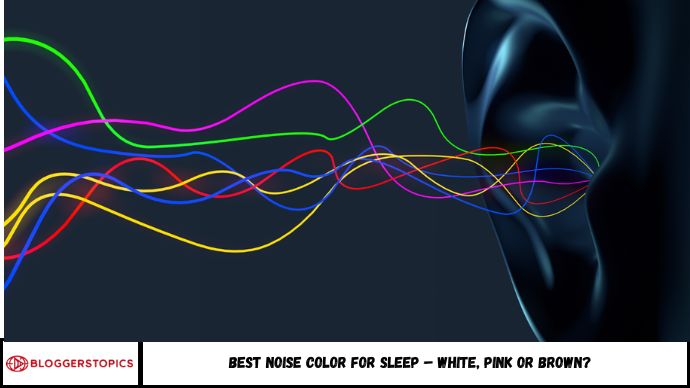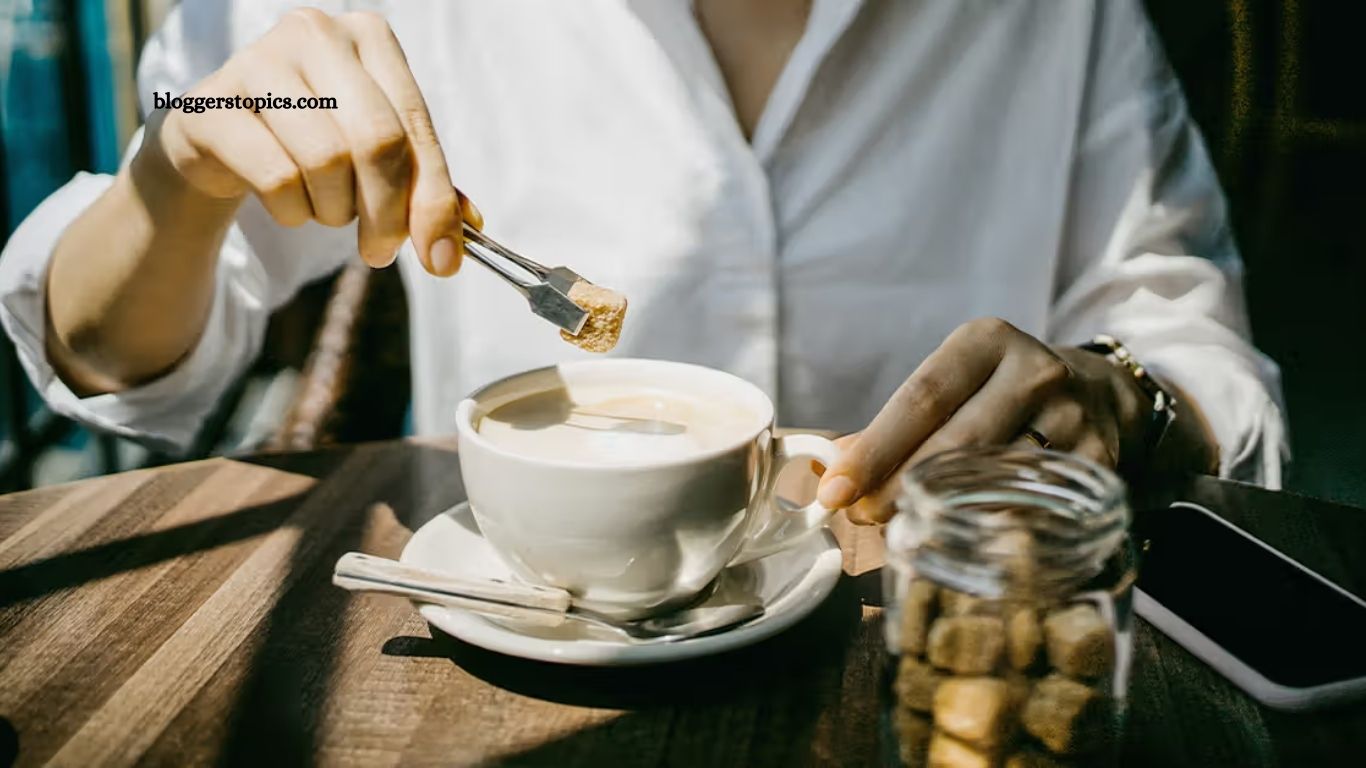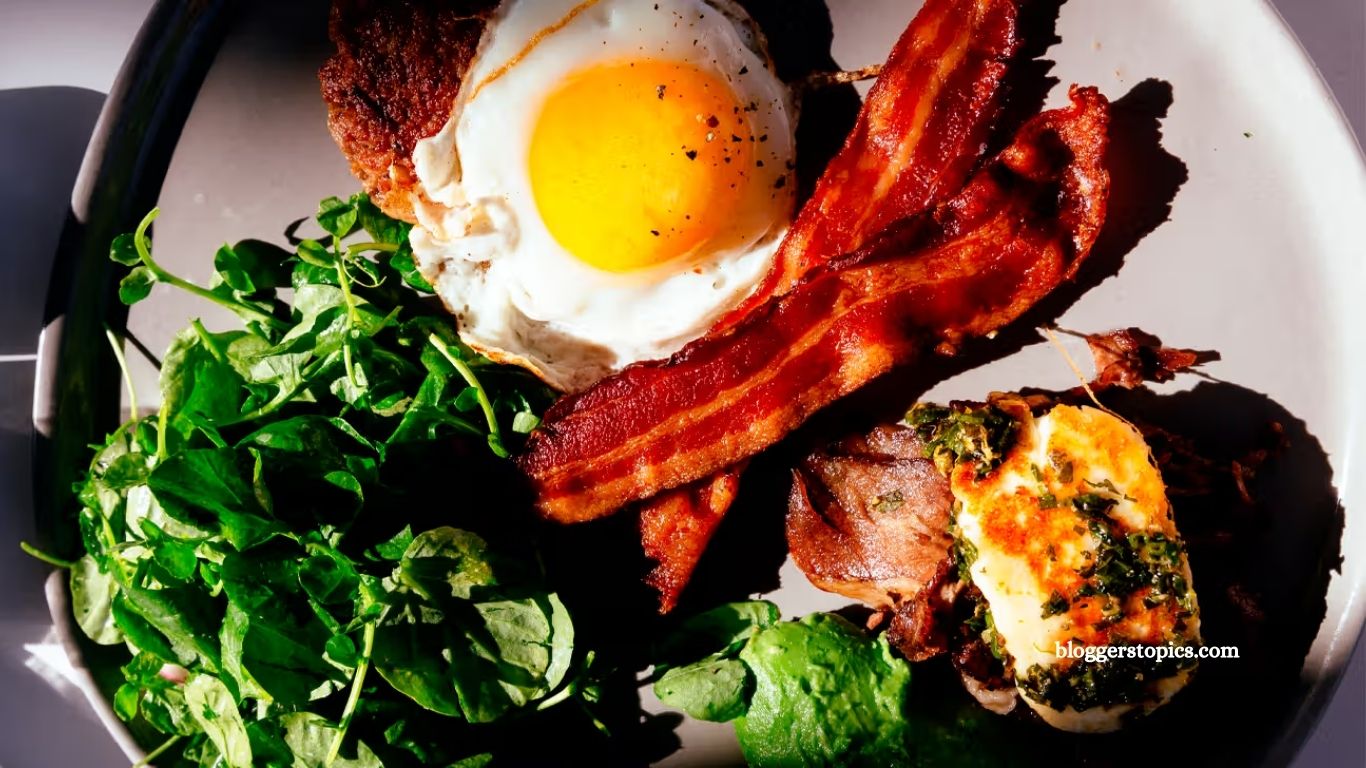Struggling with sleep? The right background sound—known as noise color—could be your solution. This article explores the differences between white, pink, and brown noise, their unique effects on sleep, and how to choose the best one for your needs. Discover what science says and sleep better tonight.
I often find myself tossing and turning through the night. The slightest breeze through the curtains or a sudden car backfire is enough to jolt me awake. And it turns out, I’m not the only one.
A 2022 survey by Gallup and mattress company Casper found that one in three U.S. adults rated their sleep the night before as fair or poor — rather than good, very good, or excellent. That means roughly 85 million Americans, based on 2020 Census data, aren’t getting the rest they need.
To combat this widespread sleep trouble, countless noise machines and apps have flooded the market, promising relief not just for sleeplessness, but also for conditions like tinnitus and ADHD. But are white, pink, or brown noise actually helpful — or just hype?
Which Noise Color Is Best for Sleep?
Although many swear by these soundscapes, scientific support remains limited. A 2021 review of 38 studies by researchers at the University of Pennsylvania found minimal evidence that white noise improves sleep quality.
In fact, some studies suggest that playing continuous sound through the night might actually do more harm than good. For some, the noise may be just another sleep disruptor.
There’s also a concern about the brain’s workload. Sleep is when the brain repairs the body and strengthens the immune system. If it’s also busy processing a stream of background noise — even calming noise — could that interfere with its essential nighttime functions?
Can a Color of Noise Really Help You Sleep?
You’ve tried melatonin. You’ve banned screens before bed. You even downloaded a sleep tracking app. But what if the secret to better rest isn’t in a pill or a practice—but in a color of sound?
Welcome to the world of noise colors, where subtle differences in sound frequency could make a big difference in your sleep quality. In this article, we’ll break down:
- What noise colors are
- The science behind white, pink, and brown noise
- Which noise color works best for sleep
- How to use them effectively at home
What Are Noise Colors?
Just like light, sound can be broken into different frequencies, and each pattern creates a different “color” of noise.
Each noise color varies based on how the energy (or power) is distributed across frequencies:
- White Noise: Equal intensity across all frequencies
- Pink Noise: More power in lower frequencies
- Brown Noise: Even deeper focus on low frequencies
White Noise: The Classic Sleep Sound
White noise is probably the most well-known sound used for sleep. It includes all frequencies at equal intensity, producing a consistent, static-like sound (similar to a fan or TV static).
Benefits of white noise:
- Masks sudden environmental noises (traffic, barking dogs)
- Improves sleep in noisy environments
- Common in white noise machines and baby sleep apps
Science says:
A 2021 study in Sleep Medicine found that white noise reduced the time it took participants to fall asleep by 38% in a high-noise environment.
Pink Noise: Balanced and Gentle for Deep Sleep
Pink noise is similar to white noise but with more emphasis on lower frequencies, making it sound softer and more natural—like steady rain, ocean waves, or rustling leaves.
Benefits of pink noise:
- Enhances deep (slow-wave) sleep
- Feels less “harsh” than white noise
- Improves memory consolidation during sleep
Science says:
A study published in Frontiers in Human Neuroscience found that pink noise improved memory and deep sleep in older adults, showing promise for cognitive health.
Brown Noise: Deep, Rumbling Sound for Relaxation
Brown noise (or Brownian noise) goes even further down the spectrum, emphasizing the lowest frequencies. It sounds like distant thunder, heavy rain, or a low rumble.
Benefits of brown noise:
- Soothes racing thoughts and anxiety
- Promotes a feeling of calm and grounding
- Masks low-frequency disturbances (like neighbors’ footsteps or city noise)
Science says:
Although fewer studies exist on brown noise, anecdotal reports and increasing clinical interest suggest it’s beneficial for ADHD, anxiety, and sleep support.
How to Use Noise Colors for Better Sleep
- Try before you sleep. Use a streaming platform, app, or white noise machine to test different sounds.
- Set a timer. Most apps allow auto shutoff after a certain time.
- Use headphones or speakers. Make sure they’re comfortable and safe if used overnight.
- Combine with a sleep routine. Pair noise with consistent bedtime habits for the best results.
Quick Comparison Table
| Noise Color | Sound Type | Best For |
|---|---|---|
| White Noise | High + low frequencies | Light sleepers, city noise |
| Pink Noise | Gentle low-frequency hum | Deep sleep, memory improvement |
| Brown Noise | Deep rumble, low-frequency | Anxiety, ADHD, racing thoughts |
FAQs
1. What’s the best noise color for sleep?
It depends. Pink noise is often best for deep sleep, while brown noise helps calm the mind.
2. Is white noise bad for you?
No, but some find it harsh. Choose what feels soothing to you.
3. Can I sleep with noise all night?
Yes. Just keep the volume low and consistent.
4. Do sleep sounds really help?
Yes. Studies show they can improve sleep quality and reduce time to fall asleep.
5. What’s the difference between brown and pink noise?
Brown noise is deeper and rumblier, with even lower frequencies than pink.
6. Are sleep noise apps effective?
Yes, especially when used consistently as part of a sleep routine.
Conclusion
There’s no one-size-fits-all when it comes to noise colors for sleep. Whether you need the steady hush of white noise, the soft rhythm of pink noise, or the grounding rumble of brown noise, the right sound can transform your sleep experience.







